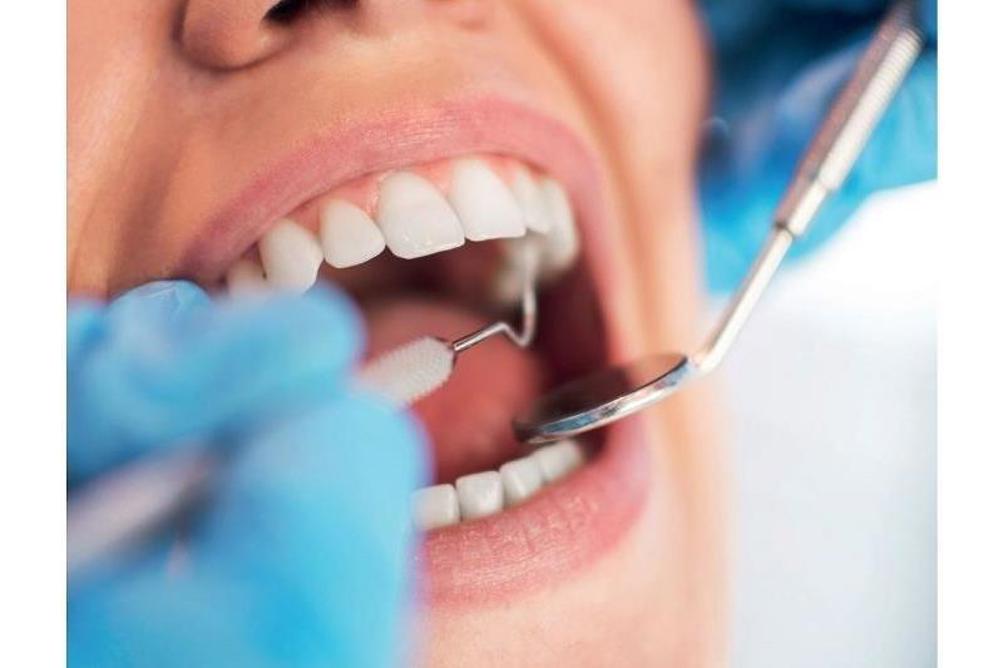
Malocclusion can have a significant impact on a patient’s quality of life. Oral function may be seriously impaired, causing issues with mastication, swallowing and speech. It can also make oral hygiene more difficult, increasing the risk of gingivitis and caries. In addition, there are implications for a person’s social status and psychological wellbeing when their malocclusion is bad enough to influence interactions with others and dampen self-confidence. In many situations, orthodontics provides a solution by aligning the teeth, and enhancing function, hygiene and aesthetics.
Despite the many advantages of orthodontic therapy, it is widely acknowledged that oral hygiene tends to suffer during treatment. Studies have demonstrated that both the number of decayed, missing and filled permanent teeth and plaque index scores increase during orthodontic therapy among adolescents. Research has confirmed that the oral microbiota changes when any orthodontic appliance is fitted, resulting in a significantly increased bacterial count. These alterations can be detected one month after treatment commences. There is also evidence that the type of appliance impacts the risk of oral health concerns.
Register now to continue reading
Thank you for visiting Dental Nursing and reading some of our resources. To read more, please register today. You’ll enjoy the following great benefits:
What's included
-
Up to 2 free articles per month
-
New content available
Already have an account? Sign in here
